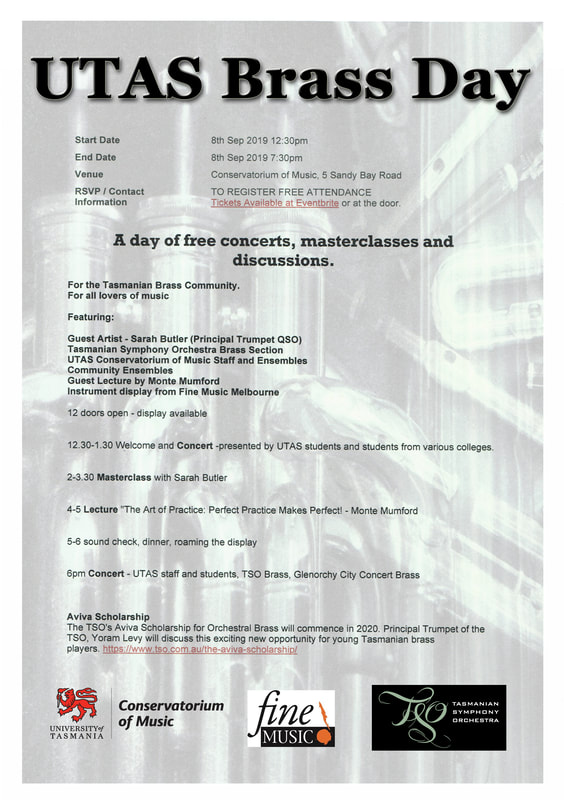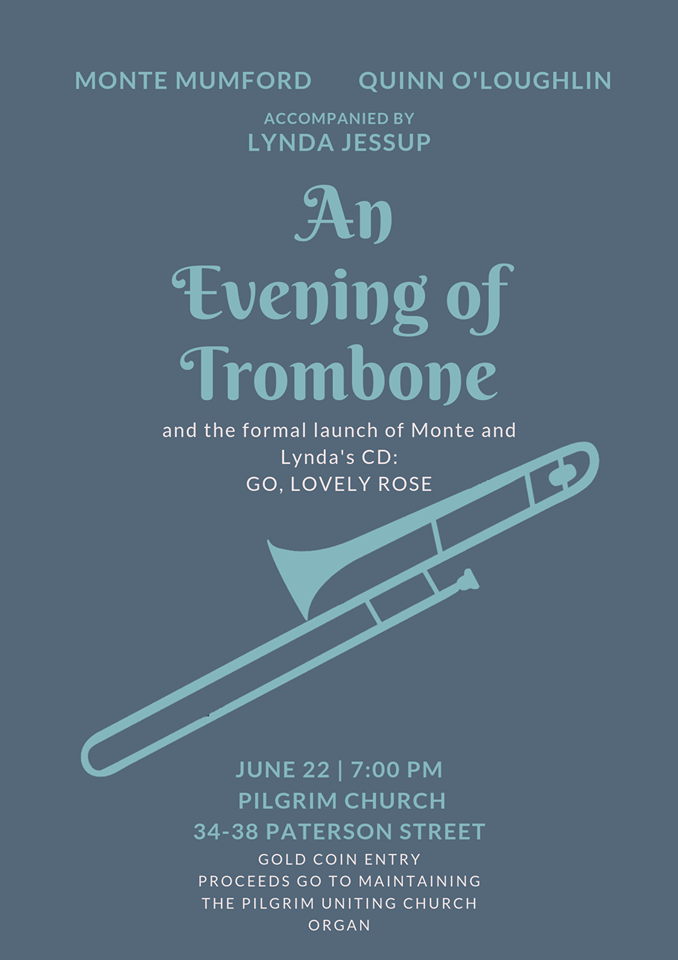In fact, I am currently serving as an interim conductor for the Tasmanian Youth Symphony’s Sinfonietta Ensemble this autumn/winter term. As a temporary member of the coaching, conducting and tutor staff of the Tasmanian Youth Symphony Programme I have been asked to comment on my challenges, and experiences so far...
For me one of the challenges of working with the Sinfonietta Ensemble is the length of time between public performances (March – August). Concerts are not ‘destinations’, but provide opportunities for ensembles to experience both growth and progress. We ask students to invest in training and skill development. And, in turn public performances provide occasions in which ensemble members receive tangible returns for their investment. However, when there is too much time between ‘investment and return’, interest in this process can be seriously impacted. Therefore, given the length of time between performances, I thought that it would be beneficial to introduce the ensemble to my method of rehearsing, drawn from a 'back-to-basics' philosophy, with a view to exploring the rewards of ‘intrinsic’ motivation. I believe that every rehearsal should include compelling examples of how one should practice at home for personally rewarding results.
Many of you would know that my method of rehearsal includes the use of various learning strategies, such as ‘comparative, slow, mindful repetition’ and identification, isolation and reconnection techniques. It also involves the use training materials, such as: Edward Lisk’s “Circle of Fourths” studies, Ed Sueta’s “Rhythmic Vocabulary Charts”, Raymond Fussell’s “Ensemble Drill” scale/pitch vocabulary acquisition, Peter Boonshaft’s “Sound Innovation Ensemble Method” series, basic chorale studies, and of course, suitably matched performance repertoire. I find that this method of ensemble training allows for focus on foundational studies, addressing development of tone quality, internal pulse, and the importance of listening, both horizontally and vertically across the ensemble.
This approach includes an exploration of the process of systematic rhythm and pitch vocabulary acquisition. It also involves strong emphasis on individual practice strategies, personal motivation, ownership, investment and reward. Therefore, I endeavour to address the ensemble's need for technical development through the performance challenges found in the chosen performance repertoire.
In the past I have found it frustrating introducing performance repertoire without first addressing the acquisition of the technical facility required to meet the repertoire’s musical demands. In a sense, it is difficult to perform expressively when one is still struggling with rhythms and pitch, let alone achieving good tone production and intonation. I believe it important that repertoire choice remain inextricably linked to the current ensemble’s technical ability. In fact, training strategies, instructional material, as well as repertoire choice provide excellent vehicles to trial skills and knowledge gained from sequential investment in skill development. Over the years, I have found this rehearsal approach to be highly effective in enabling students towards achieving the unfettered joy of music-making.
It would, however be fair to say that as this style of rehearsal approach is a rather new experience for many in the Sinfonietta ensemble. Consequently, there have been concerns with regard to the level of work required both at home and in rehearsal towards developing more effective reading skills and performance applications. Nevertheless, there has also been good feedback from several members, as many also see their need to address basic ensemble reading and technical facility skills. In fact, many are beginning to hear and experience improved performance outcomes in each progressive rehearsal.
It is my sincere hope that this rehearsal process I am sharing will continue to have a positive impact on the TYO Sinfonietta Orchestra.
Warm regards and best wishes,
Monte
to edit.




 RSS Feed
RSS Feed